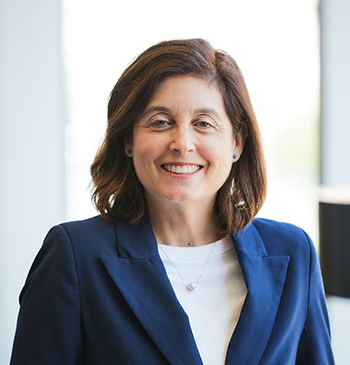
For Your Review
If Margin Compression is the Problem, is Fee Income the Answer?
Margin compression and slack loan demand were the top concerns voiced by bank directors and senior executives in an audience survey last January at Bank Director’s 19th annual Acquire or Be Acquired conference in Scottsdale, Arizona. Thirty-five percent of the 273 survey participants said a sharp decline in net interest margins was their top concern, followed by 25 percent who pointed to poor organic loan demand.
The issues are closely tied, as intense competition for good credits drives down loan rates, leading to margin compression. “Pricing has gotten very competitive,” says Jeff Brotherson, chief financial officer of Two Rivers Financial Group, a $679-million bank holding company based in Burlington, Iowa. While Two Rivers has seen its net interest margin improve in recent quarters, it’s not going to be easy to continue that trend.
“It’s going to take some decent organic loan demand” to maintain the net interest margin, he says.
The challenge of slack loan demand could prove difficult to surmount, and yet 60 percent of the respondents plan to grow through loan origination. Some bankers recommend a relatively simple approach. Two Rivers has been successful at growing loans by hiring experienced loan producers who are able bring a book of business with them to the bank. David Talen, president of Eastwood Financial Corp., a $550-million asset bank in Rochester, Minnesota, says he was surprised that only 5 percent of respondents thought talent was the top concern for their banks. “If you attract the right people, then loan growth and net interest margin will take care of itself,” he says.
But how can banks cope with the downward trend in loan pricing? In addition to focusing on cutting costs, Nichole Jordan, national bank and securities industry leader with Grant Thornton, recommends that banks “capture as much share of that client relationship as [they] can,” advice that was echoed by 47 percent of the survey participants who said they plan on developing fee-producing products or buying a fee-producing business.
Not so fast, some in the industry say. Jack Barrett, president and CEO of $216-million asset First Citrus Bank, headquartered in Tampa, Florida, thinks his community bank simply can’t make up the difference with fees. “The way you make money on fees is with economies of scale,” he says. “Unless you’re a consumer bank geared for that, it’s not the way to go.” And while Two Rivers has grown fee income through an insurance subsidiary, Brotherson warns that the path isn’t any easier. “It’s a good idea and strategy, but it’s going to probably take time,” he says. “You need to have personnel that are experts in that field.”
For banks interested in exploring fee income, Jordan recommends that banks fine-tune their business model and become experts on what their customers need. “Know every segment, and how it will evolve in the future, and how you can really expand service offerings into your existing accounts and add value for your customers in the most robust way possible,” she says.
The electronic audience survey was conducted on January 28, 2013. The participants represented banks of varying sizes from across the country, and many of them were bank CEOs and directors. The survey was sponsored by Grant Thornton.
-Emily McCormick
Stifel Surges Ahead with Acquisition of KBW
Now that its $575-million acquisition of KBW Inc. is complete, St. Louis-based Stifel Financial Corp. is working to integrate the two investment banking firms.
The combined company is expected to have $1.86 billion in revenues, with KBW generating $250 million to $325 million annually for the firm.
New York-based KBW has become a subsidiary and is keeping its focus on the financial sector, where it advises on equity offerings and M&A, and does research on more than 300 U.S. financial stocks. Stifel employees who specialize in financial companies are moving over to the KBW brand, says KBW CEO Tom Michaud, who continues to head KBW. He and KBW independent director Michael Zimmerman, who has a financial background, have joined the Stifel board.
Eighty-five of KBW’s 448 employees have signed agreements to stick with the firm for at least 14 months. Cost savings are expected in the integration of back office operations. All KBW stock trades will now clear through Stifel’s St. Louis office, for example, but Stifel said it would keep an unspecified number of KBW’s client-facing employees.
“We are going to operate a lot more efficiently on Stifel’s platform,” Michaud says. “We are excited about the retail system and what that can offer to our clients. Stifel’s retail system has about $140 billion in client assets inside it. It has over 2,000 brokers and it is the 6th largest retail force in the country.”
This wasn’t Stifel’s first acquisition in its drive to become the leading middle-market investment firm. The company has done 11 acquisitions since 2005, and under CEO and Chairman Ron Kruszewski’s leadership, revenues have more than doubled. The stock price as of mid-March has gone up about 80 percent since he came on board.
-Naomi Snyder

Join OUr Community
Bank Director’s annual Bank Services Membership Program combines Bank Director’s extensive online library of director training materials, conferences, our quarterly publication, and access to FinXTech Connect.
Become a Member
Our commitment to those leaders who believe a strong board makes a strong bank never wavers.


